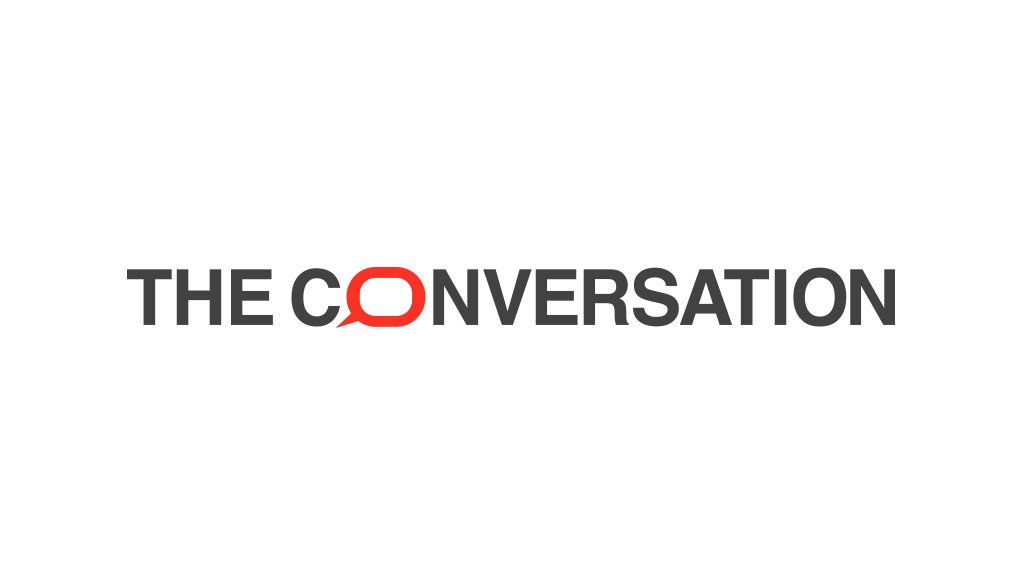![]() Distance education first appeared in the United States in the 1800s. At the time, students received the relevant material through the post and then returned it to the institution.
Distance education first appeared in the United States in the 1800s. At the time, students received the relevant material through the post and then returned it to the institution.
Scholars in the field say that distance education is now in its “fifth generation”. This means that, like so much else in the world, knowledge is delivered via the internet. Students want to be able to access learning materials at a time and place that’s convenient to them. Flexibility is key.
The increasingly important role of multimedia in higher education was emphasised during the Covid pandemic. Universities that previously held in-person classes switched to digital, remote learning. Even though open distance universities were hypothetically better equipped for the switch, since their model meant they already used technology and digital tools, many were more comfortable with a blended learning approach (some in-person teaching and some remote teaching).
It is now nearly four years since Covid was declared a global pandemic. Much of society, and much of higher education, has returned to “normal”.
But it’s important that higher education institutions don’t waste the lessons learned during the height of the pandemic about the powerful role that multimedia can play in learning and teaching. This is especially the case for open distance education since it offers a way to improve access to higher education for people from diverse societies and backgrounds.
So, for my PhD in education, I set out to develop a post-pandemic multimedia framework for teaching and learning in open distance institutions in South Africa.
The study identified a number of challenges that might keep the country’s open distance institutions from adopting such a framework. One is insufficient access by both students and institutions, though mostly students, to information and communication technology infrastructure such as capable networks, cloud infrastructure, and the relevant hardware and software tools.
Institutions also need to regularly update their software and ensure that their staff are constantly learning new skills as technologies change. Crucially, institutional websites must be zero-rated – service providers should not charge for access and use of specific internet pages. It also emerged from my research that lecturers found WhatsApp to be a powerful tool for learning and teaching.
The study
The majority of students in the country’s higher education institutions are enrolled through the contact mode. But 370 891 (34.5% of all students) are pursuing their education through distance learning.
To conduct the study, I engaged with 15 participants from three selected support departments (four deans, eight lecturers from four selected colleges, and three support staff participants) at an open distance higher learning institution in South Africa.
I handed out questionnaires and conducted interviews with these participants. I wanted to know what their skill levels were regarding multimedia technologies and how they used those technologies during the pandemic. I also analysed relevant institutional documents.
One participant emphasised that not only were multimedia solutions made available to staff, but academics were trained to use these. The institution’s multimedia centre, they said, also equipped some staff with “audiovisual tools of the trade such as podcast equipment”.
Several participants emphasised how valuable WhatsApp had been as a platform, particularly for “fast communication” with students. It was also, they said, a good way to build relationships with students. One told me that Facebook was their go-to platform for general communication but that “for module-related content, WhatsApp was the main platform we used”.
What comes next
Based on the results of my study, I propose that collaborative leadership is needed to ensure there are proper frameworks for multimedia as teaching and learning tools at open distance institutions. This can serve as a guide to institutions for incorporating multimedia; it helps to organise the structuring of video content, audio, graphics and text in a manner that enhances teaching.
The South African government (particularly the department of higher education and training), individual researchers, educational institutions and the private sector all have a role to play.
The government, for instance, should recruit and engage mobile network service providers to install fibre and internet connectivity, even in the country’s rural areas. This will broaden access. Integrating solar systems into electricity supply, especially but not limited to these areas, is also important.
Watching and downloading videos requires a great deal of data. So, zero-rating all websites related to education is another way to create access. In this way students can access all the resources they need, not just static, text-based modules.
Written by Khanyisile Yanela Twabu, Acting Deputy Director in the Directorate: Academy Applied Technology and Innovation (AATI) under Information Communications Technology Department, University of South Africa
This article is republished from The Conversation under a Creative Commons license. Read the original article.
EMAIL THIS ARTICLE SAVE THIS ARTICLE ARTICLE ENQUIRY
To subscribe email subscriptions@creamermedia.co.za or click here
To advertise email advertising@creamermedia.co.za or click here











